Sicily: Ragusa Part 5 - Street Scenes
Apr 22, 2024 13:45:45 #
Here are some more images from our tour of this beautiful town. One of the most impressive structures is Saint Georges Cathedral. Unfortunately, we didn't have time to explore the interior.
The famous collegiate church of San Giorgio (also known as St. George's Cathedral) is the main Catholic place of worship in Ragusa, one of the most important monuments in the city of Ragusa.
History
The mother church of the city, named after the patron saint of the city, before 1693 stood at the eastern end of the town, near the current Ibleo garden, where there is still the large fifteenth-century portal, in Spanish Gothic style, the only remaining vestige of the ancient temple.
The church was seriously damaged by the earthquake and part of the façade, some chapels and part of the main chapel remained standing, so a large room was built adjacent to the left aisle of the old temple, in which to carry out functions.
In the second quarter of the eighteenth century, it was decided to move the church to the site of the old church of St. Nicholas, which until the sixteenth century had been the parish of the faithful of the Greek rite and later, passed to the Latin rite, had become the "sacramental church" of St. George.
The people of San Giorgia, perched in the primitive part of the city and firmly convinced in rebuilding in the ancient nucleus, suffered the defeat of the Sangiovannari, who were the first to rebuild their own place of worship. A circumstance that continued to fuel acrimony and foment diatribes between factions that had always been at odds, where a seismic event had overturned the supremacy of the places and the order of the currents.
In 1738 Rosario Gagliardi, an architect from Noto, one of the protagonists of the Baroque reconstruction, of which this building is perhaps the best work, was commissioned with the project: in fact, to build it the artist devised a superb game of perspective; he oriented the church a little further to the left of the square in front of it (it can be clearly seen) so that the future dome was visible behind the imposing bell tower façade, a peculiar feature of Gagliardi's churches. The first stone was laid on June 28, 1739, as recalled by a plaque walled on the right side of the staircase, and yet, as the enigmatic inscription on the opposite side recalls, the work could only begin in 1744.
On 5 October 1775, with the "ascent" of the bells, the work on the façade was completed. According to tradition, the dome was designed and built in 1820 by the master builder Carmelo Culvero from Ragusa, on the model of that of the Pantheon in Paris, but recent studies and archival evidence assign its paternity to the architect Stefano Ittar.
The continuous appeals of both rectors of the two factions to the Congregation of Rites at the Holy See determined on 10 December 1865 the civil division of the municipality, the upper part took the name of Upper Ragusa, to the mother country Ragusa, the strength of numbers, imposed the name of Lower Ragusa, there were two distinct mayors, two duomi, the explicit recognition of two currents (Sangiorgiani and Sangiovannari) which in the end were only the representation between the old autochthonous nobility that was reflected in San Giorgio and the new nobility, created over time, and linked to the church of San Giovanni.
Despite this division, the patronage of the city remains with St. George, who has always been the patron saint of the city and confirmed with the title of Principal Protector of the City of Ragusa on May 10, 1643 by the jurors of the city gathered to decide the only Patron of the city, as the pope of the period had imposed. It was only in 1896 that the inhabitants of the municipality of Ragusa Superiore asked for the naming of St. John as the patron saint of their municipality, which officially happened in 1897 when St. John was proclaimed "Particular Patron of the municipality of Ragusa Superiore".
In 1926, with the elevation of Ragusa to provincial capital, the two municipalities were reunited, the municipality of Ragusa Superiore disappeared and the status of "City of Ragusa" was returned.
The last modification of the complex dates back to 1890, when the railing that surrounds the staircase was built. The Duomo has been immortalized in countless films and television series including Kaos, Inspector Montalbano and the second series of Honor and Respect.
In the adjacent museum of the Duomo are preserved the vestiges of the ancient San Giorgio, while in the sacristy it is possible to admire a magnificent sixteenth-century altar by Gagini.
Façade
Rosario Gagliardi's project, of which the original panels are preserved, is characterized by the monumental tower façade that incorporates the bell tower into the façade and ends with a bulbous spire, recalling the seventeenth-century wooden tabernacles of Capuchin churches.
The location of the church at the end of a high staircase and the oblique position with respect to the square below accentuate the grandeur and the plastic effects, created by a slight convexity of the central party and the presence of free columns. Two pairs of volutes connect the different levels, hosting, respectively, the statues of St. George and St. James at the bottom, and those of St. Peter and St. Paul at the top.
On the spire, under the cross, is the date 1775, which indicates the completion of the work on the façade.
In the first order of the central party there is a large portal with a mixtilinear frame, rich in friezes and reliefs with plant motifs, while the wooden doors have a precious sculptural decoration, in six panels, with the depiction of episodes of the martyrdom of St. George, the work of the Palermo carver Vincenzo Fiorello, who made them in 1793.
https://it.wikipedia.org/wiki/Duomo_di_San_Giorgio_(Ragusa)
For more images of Ragusa, please see my previous posts:
https://www.uglyhedgehog.com/t-804621-1.html#14564717
https://www.uglyhedgehog.com/t-804858-1.html
https://www.uglyhedgehog.com/t-805009-1.html#14572836
https://www.uglyhedgehog.com/t-805176-1.html
I hope you enjoy these!
Mark
The famous collegiate church of San Giorgio (also known as St. George's Cathedral) is the main Catholic place of worship in Ragusa, one of the most important monuments in the city of Ragusa.
History
The mother church of the city, named after the patron saint of the city, before 1693 stood at the eastern end of the town, near the current Ibleo garden, where there is still the large fifteenth-century portal, in Spanish Gothic style, the only remaining vestige of the ancient temple.
The church was seriously damaged by the earthquake and part of the façade, some chapels and part of the main chapel remained standing, so a large room was built adjacent to the left aisle of the old temple, in which to carry out functions.
In the second quarter of the eighteenth century, it was decided to move the church to the site of the old church of St. Nicholas, which until the sixteenth century had been the parish of the faithful of the Greek rite and later, passed to the Latin rite, had become the "sacramental church" of St. George.
The people of San Giorgia, perched in the primitive part of the city and firmly convinced in rebuilding in the ancient nucleus, suffered the defeat of the Sangiovannari, who were the first to rebuild their own place of worship. A circumstance that continued to fuel acrimony and foment diatribes between factions that had always been at odds, where a seismic event had overturned the supremacy of the places and the order of the currents.
In 1738 Rosario Gagliardi, an architect from Noto, one of the protagonists of the Baroque reconstruction, of which this building is perhaps the best work, was commissioned with the project: in fact, to build it the artist devised a superb game of perspective; he oriented the church a little further to the left of the square in front of it (it can be clearly seen) so that the future dome was visible behind the imposing bell tower façade, a peculiar feature of Gagliardi's churches. The first stone was laid on June 28, 1739, as recalled by a plaque walled on the right side of the staircase, and yet, as the enigmatic inscription on the opposite side recalls, the work could only begin in 1744.
On 5 October 1775, with the "ascent" of the bells, the work on the façade was completed. According to tradition, the dome was designed and built in 1820 by the master builder Carmelo Culvero from Ragusa, on the model of that of the Pantheon in Paris, but recent studies and archival evidence assign its paternity to the architect Stefano Ittar.
The continuous appeals of both rectors of the two factions to the Congregation of Rites at the Holy See determined on 10 December 1865 the civil division of the municipality, the upper part took the name of Upper Ragusa, to the mother country Ragusa, the strength of numbers, imposed the name of Lower Ragusa, there were two distinct mayors, two duomi, the explicit recognition of two currents (Sangiorgiani and Sangiovannari) which in the end were only the representation between the old autochthonous nobility that was reflected in San Giorgio and the new nobility, created over time, and linked to the church of San Giovanni.
Despite this division, the patronage of the city remains with St. George, who has always been the patron saint of the city and confirmed with the title of Principal Protector of the City of Ragusa on May 10, 1643 by the jurors of the city gathered to decide the only Patron of the city, as the pope of the period had imposed. It was only in 1896 that the inhabitants of the municipality of Ragusa Superiore asked for the naming of St. John as the patron saint of their municipality, which officially happened in 1897 when St. John was proclaimed "Particular Patron of the municipality of Ragusa Superiore".
In 1926, with the elevation of Ragusa to provincial capital, the two municipalities were reunited, the municipality of Ragusa Superiore disappeared and the status of "City of Ragusa" was returned.
The last modification of the complex dates back to 1890, when the railing that surrounds the staircase was built. The Duomo has been immortalized in countless films and television series including Kaos, Inspector Montalbano and the second series of Honor and Respect.
In the adjacent museum of the Duomo are preserved the vestiges of the ancient San Giorgio, while in the sacristy it is possible to admire a magnificent sixteenth-century altar by Gagini.
Façade
Rosario Gagliardi's project, of which the original panels are preserved, is characterized by the monumental tower façade that incorporates the bell tower into the façade and ends with a bulbous spire, recalling the seventeenth-century wooden tabernacles of Capuchin churches.
The location of the church at the end of a high staircase and the oblique position with respect to the square below accentuate the grandeur and the plastic effects, created by a slight convexity of the central party and the presence of free columns. Two pairs of volutes connect the different levels, hosting, respectively, the statues of St. George and St. James at the bottom, and those of St. Peter and St. Paul at the top.
On the spire, under the cross, is the date 1775, which indicates the completion of the work on the façade.
In the first order of the central party there is a large portal with a mixtilinear frame, rich in friezes and reliefs with plant motifs, while the wooden doors have a precious sculptural decoration, in six panels, with the depiction of episodes of the martyrdom of St. George, the work of the Palermo carver Vincenzo Fiorello, who made them in 1793.
https://it.wikipedia.org/wiki/Duomo_di_San_Giorgio_(Ragusa)
For more images of Ragusa, please see my previous posts:
https://www.uglyhedgehog.com/t-804621-1.html#14564717
https://www.uglyhedgehog.com/t-804858-1.html
https://www.uglyhedgehog.com/t-805009-1.html#14572836
https://www.uglyhedgehog.com/t-805176-1.html
I hope you enjoy these!
Mark
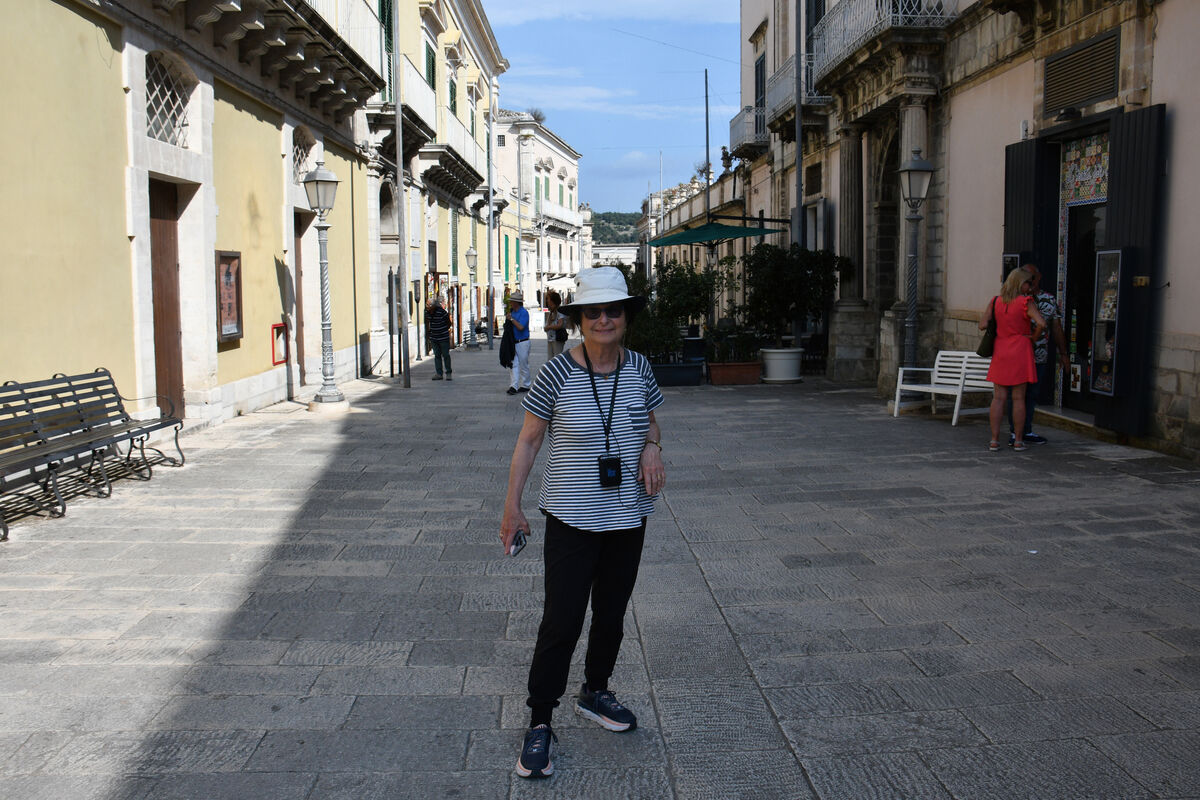
(Download)
Saint George's Cathedral and Dumo Square
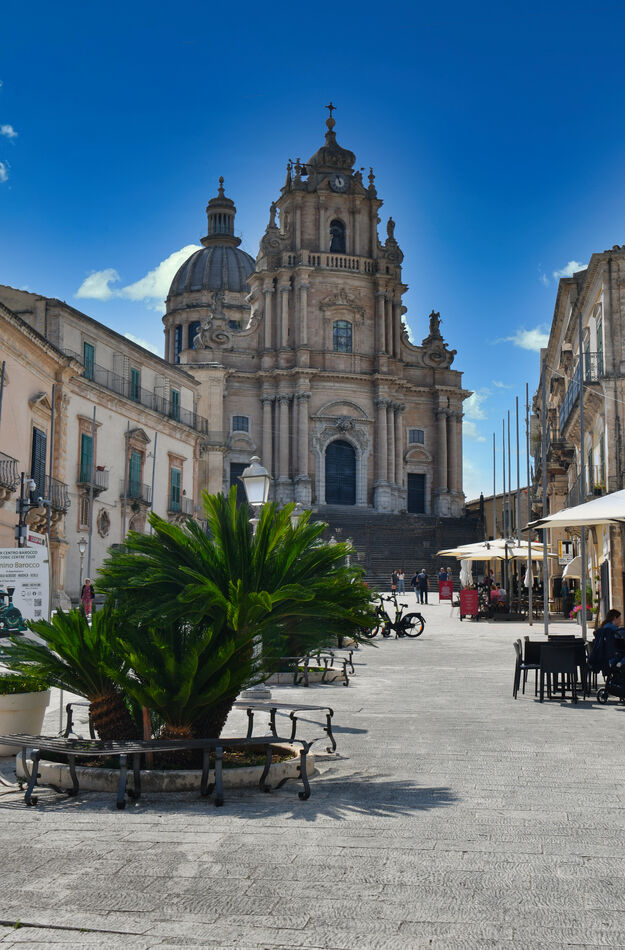
(Download)

(Download)
More balconies with intricately carved stone corbels
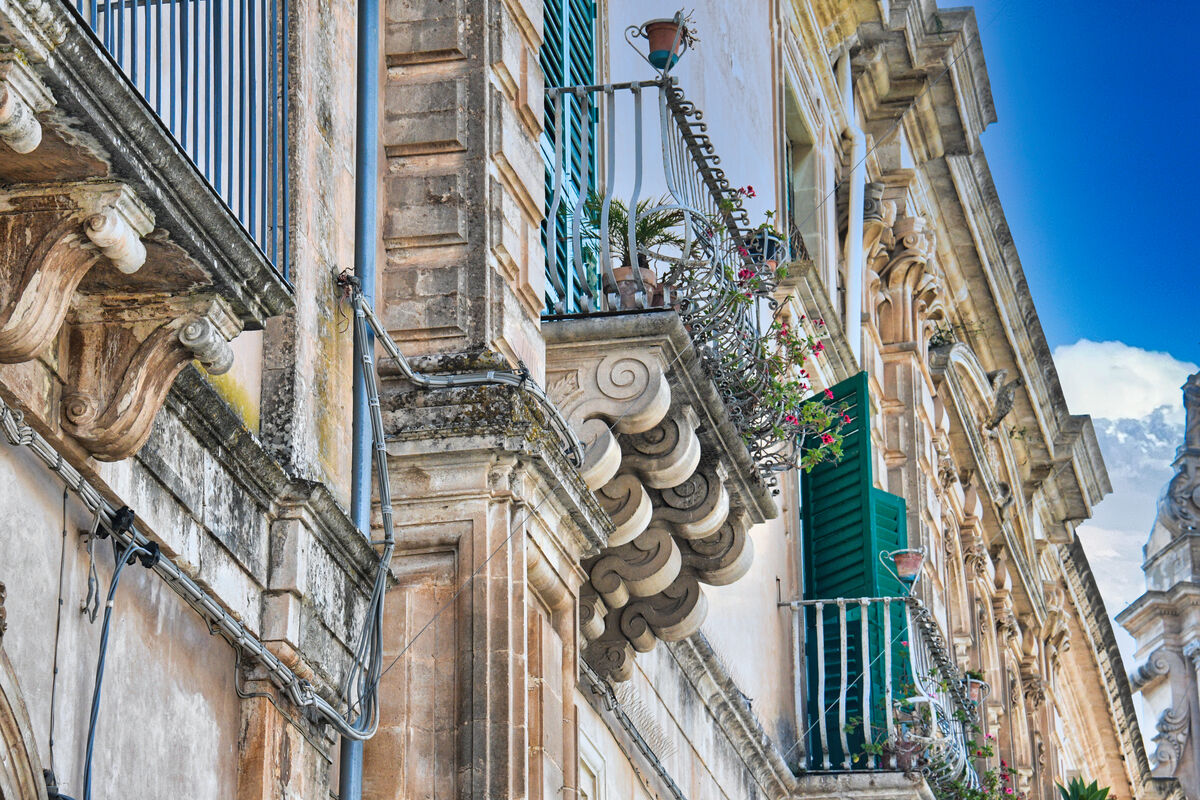
(Download)
The knee friendly way to get around Ragusa Ibla
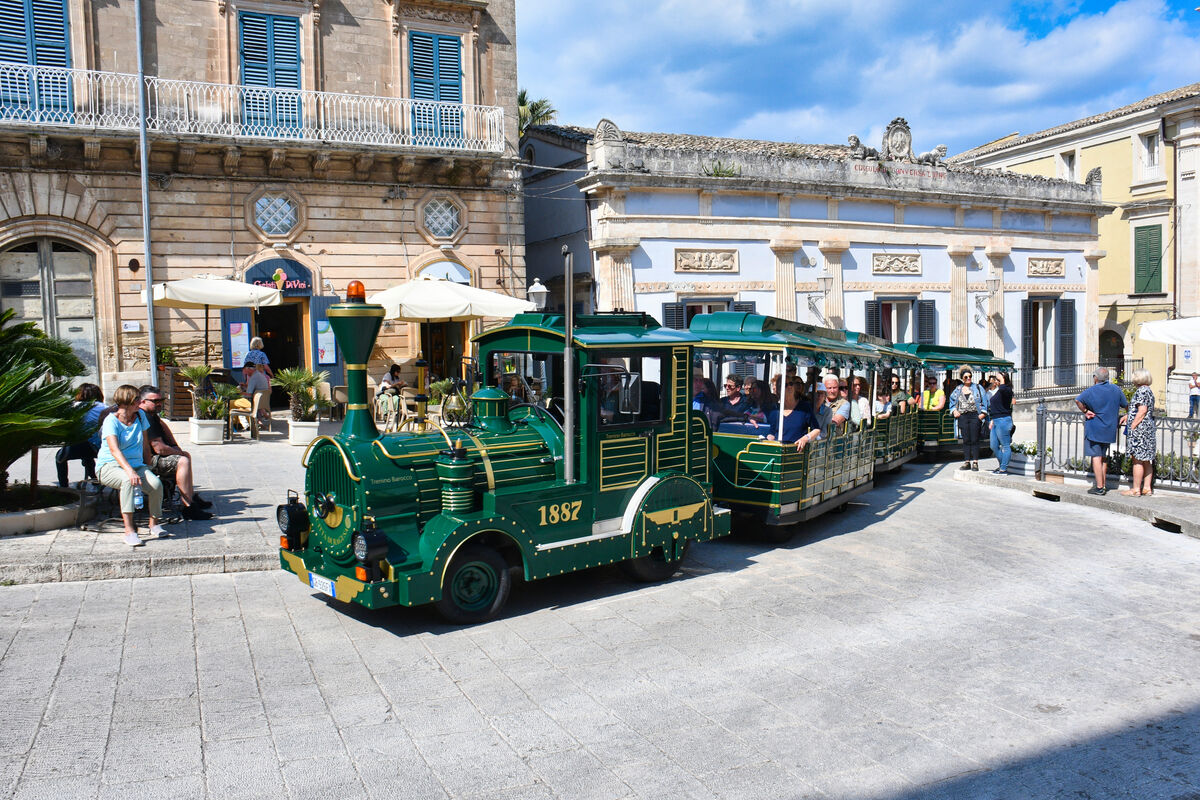
(Download)
San Giuseppe church,considered the highest expression of Baroque architecture was built at the beginning of the 18th century on the site of another church destroyed by the earthquake of 1693. Its design is attributed to the architect Rosario Gagliard
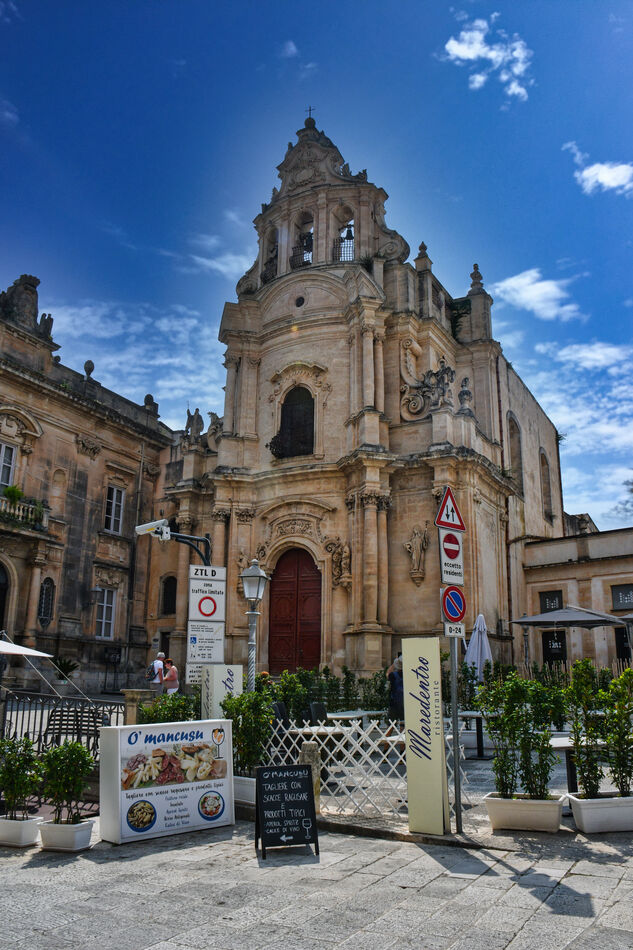
(Download)
The Palazzo Comunale
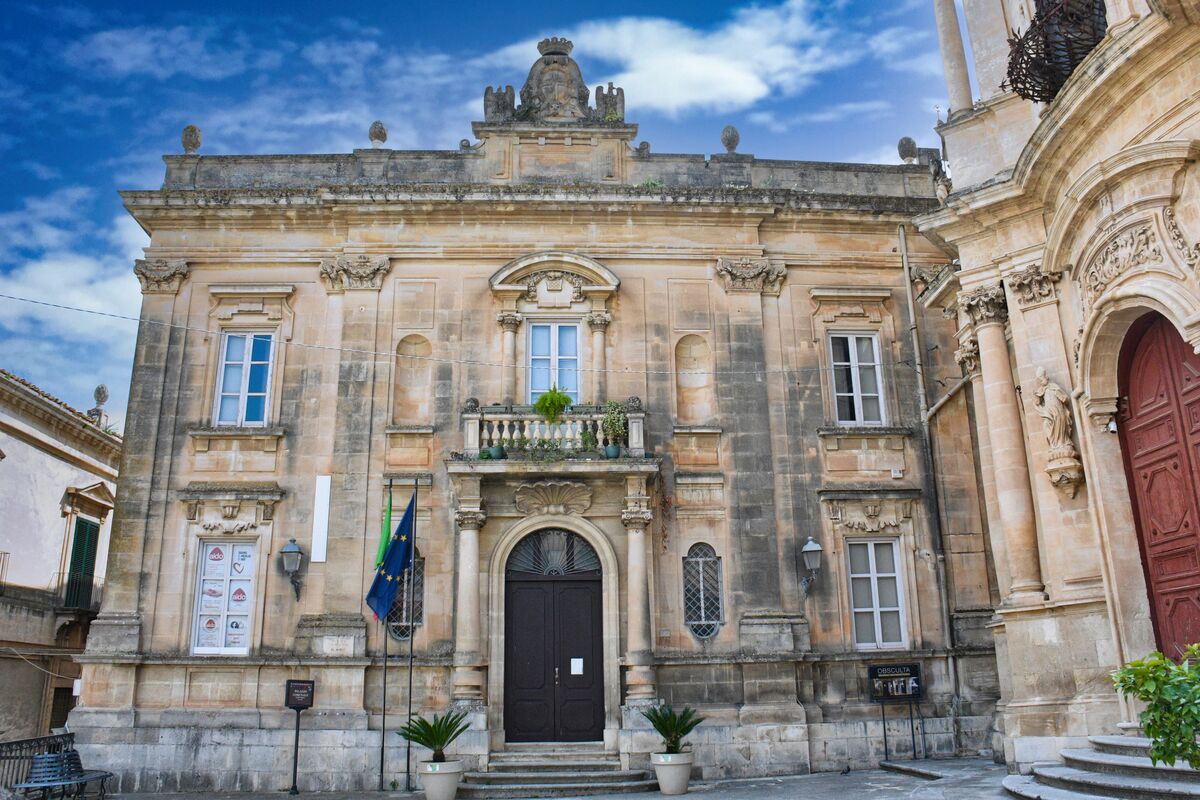
(Download)

(Download)
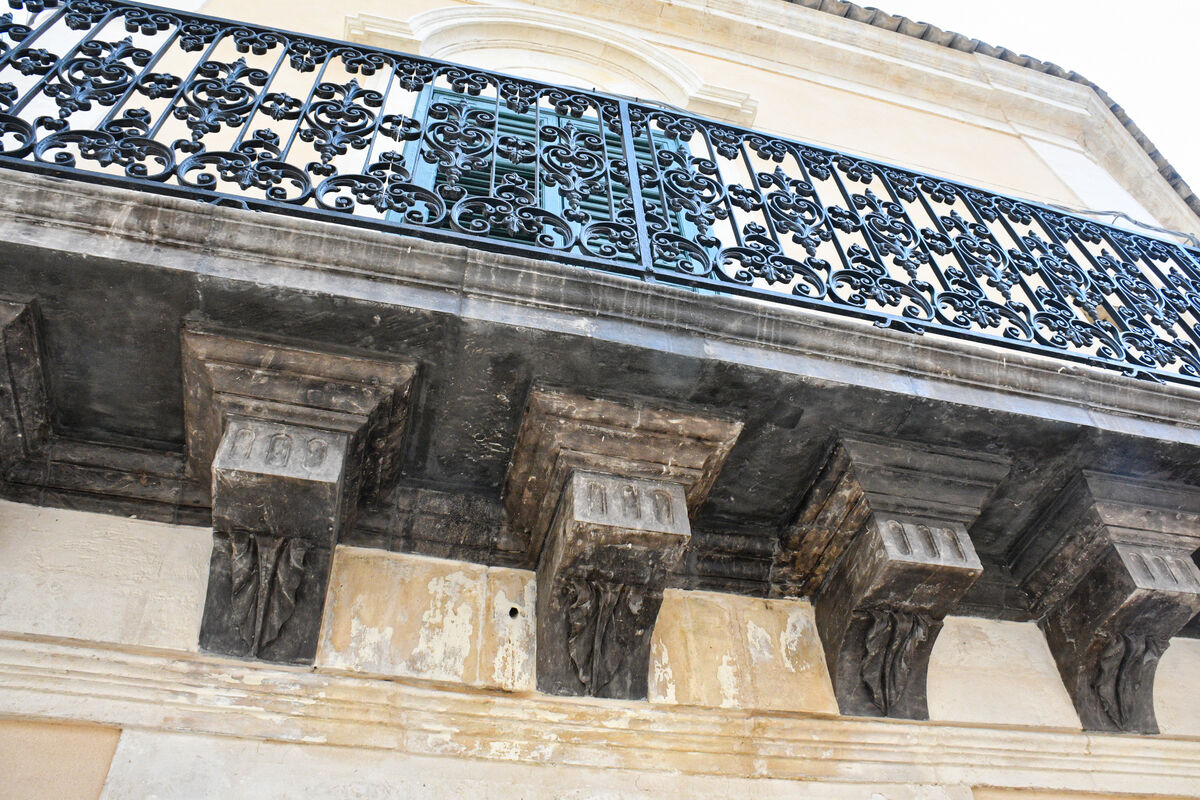
(Download)
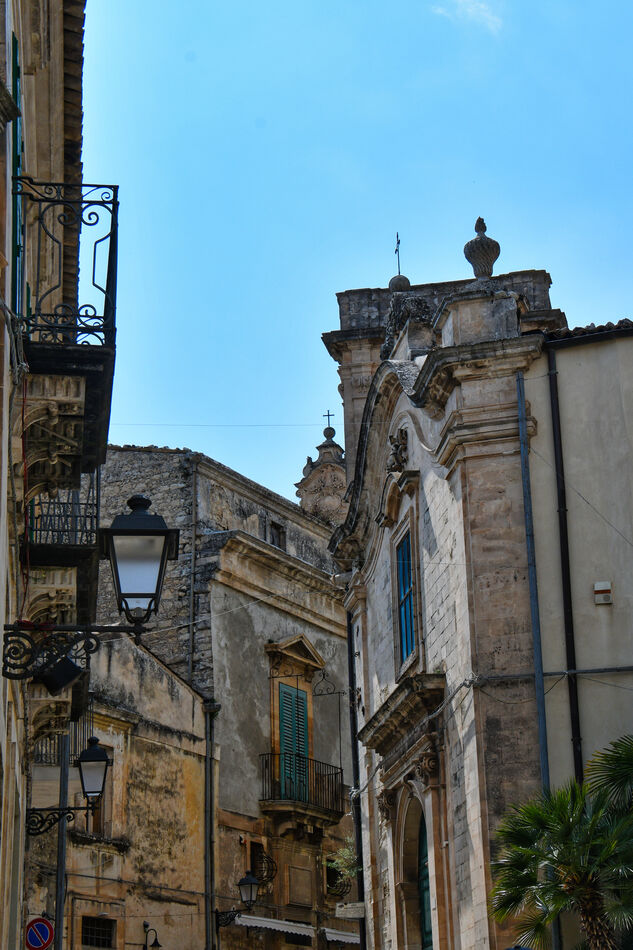
(Download)
Apr 22, 2024 13:47:08 #
Apr 22, 2024 14:05:30 #
Apr 22, 2024 14:18:58 #
kpmac wrote:
A beautiful place beautifully photographed, Mark.
Thank you so much Ken.
Apr 22, 2024 14:23:50 #
Apr 22, 2024 14:30:00 #
Your do the architectural work so well, Mark. (Of course, a good start helps)
Apr 22, 2024 15:13:54 #
Apr 22, 2024 15:45:45 #
srfmhg wrote:
Here are some more images from our tour of this be... (show quote)
Excellent set Mark; Sicily is on our list. We rode the same type of transportation as in your photo number 5 when we were in Colmar France, which you will see in my post number 61, around the end of next week.
Apr 22, 2024 17:48:32 #
Apr 22, 2024 17:49:40 #
UTMike wrote:
Your do the architectural work so well, Mark. (Of course, a good start helps)
Thanks very much Mike. She enhances good architecture by her own!


Apr 22, 2024 17:50:24 #
NMGal wrote:
Very enjoyable. They sure stick their advertising everywhere.
Thanks very much Barbara. Not as much as some places here.
Apr 22, 2024 17:51:25 #
DJphoto wrote:
Excellent set Mark; Sicily is on our list. We rode the same type of transportation as in your photo number 5 when we were in Colmar France, which you will see in my post number 61, around the end of next week.
Thanks very much Dennis. We did as well in Sicily which I'll post soon.
Apr 22, 2024 17:52:16 #
Apr 22, 2024 18:11:41 #
Apr 22, 2024 21:39:53 #
If you want to reply, then register here. Registration is free and your account is created instantly, so you can post right away.









